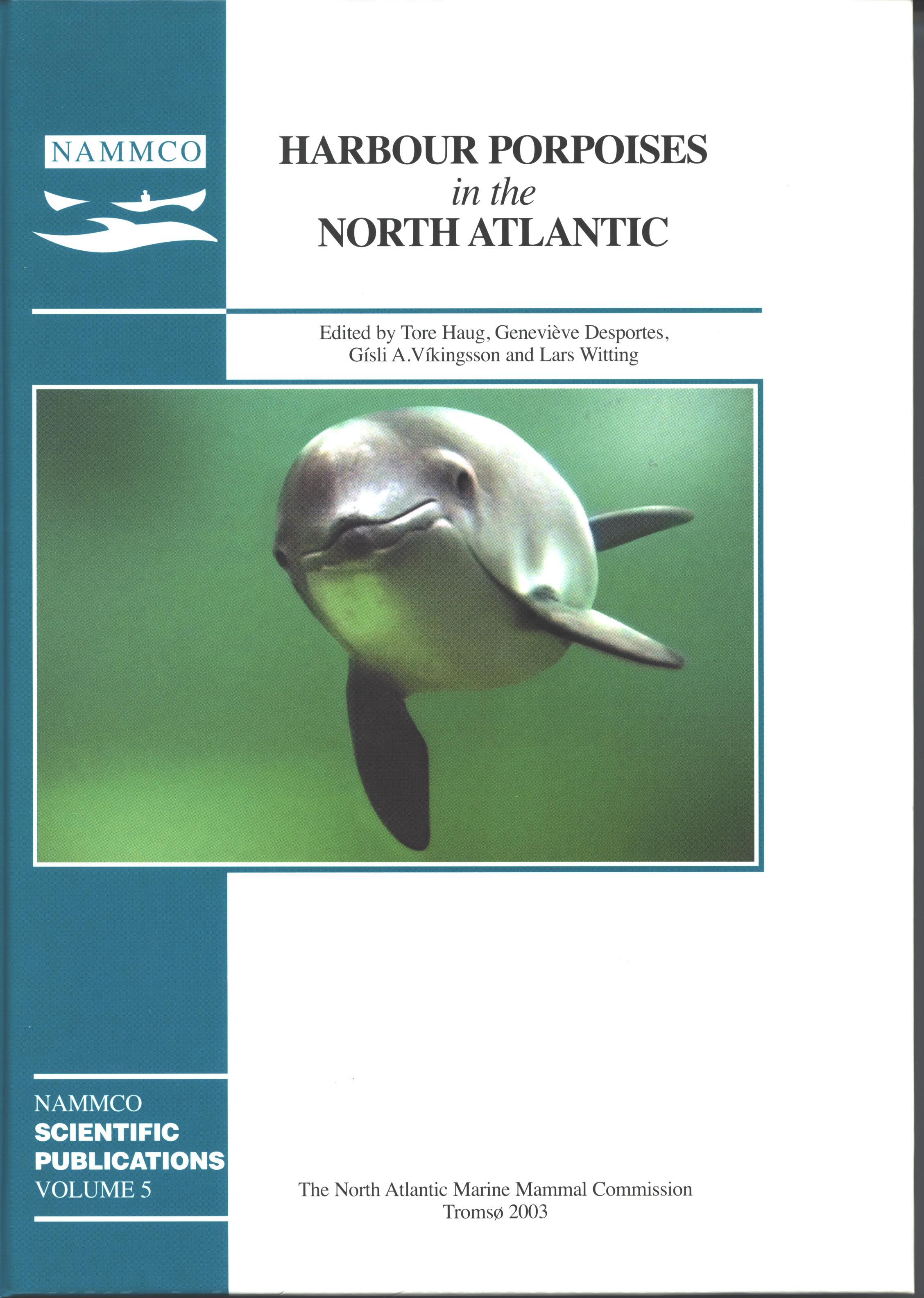Growth of the harbour porpoise (Phocoena phocoena) in eastern Newfoundland, Canada
DOI:
https://doi.org/10.7557/3.2748Keywords:
harbour porpoise, growth, stocks, by-catchAbstract
Although the stock relationships among harbour porpoise (Phocoena phocoena) in the Northwest Atlantic are unknown, it has been postulated that there are 4 local populations: Bay of Fundy/Gulf of Maine, Gulf of St. Lawrence, Newfoundland, and west Greenland. Data on the Newfoundland population are extremely limited. To determine growth rates and examine if these animals can be differentiated from other sub-populations on the basis of growth characteristics, 94 porpoises caught incidentally in fishing gear along the southeast coast of Newfoundland during the summers of 1990 and 1991 were examined. Most porpoises (56%) were ≤ 4 years of age. Maximum age was 9 for females and 12 for males. Growth rates were similar for both sexes until one year of age, after which females grew longer and weighed more than males of similar ages. Using the Gompertz growth model, asymptotic values for body length were 156.3 cm for females and 142.9 cm for males. Asymptotic weights were 61.6 kg and 49.1 kg for females and males respectively. With the exception of West Greenland porpoise that were shorter and females from Norway that were lighter, Newfoundland porpoises could not be differentiated from animals collected in other areas based on growth data. However, differences in dental deposition patterns were noted suggesting that Newfoundland porpoise may belong to a separate population.Downloads
Published
2003-07-01
How to Cite
Richardson, S. F., Stenson, G. B., & Hood, C. (2003). Growth of the harbour porpoise (<i>Phocoena phocoena</i>) in eastern Newfoundland, Canada. NAMMCO Scientific Publications, 5, 211–221. https://doi.org/10.7557/3.2748
Issue
Section
Articles





